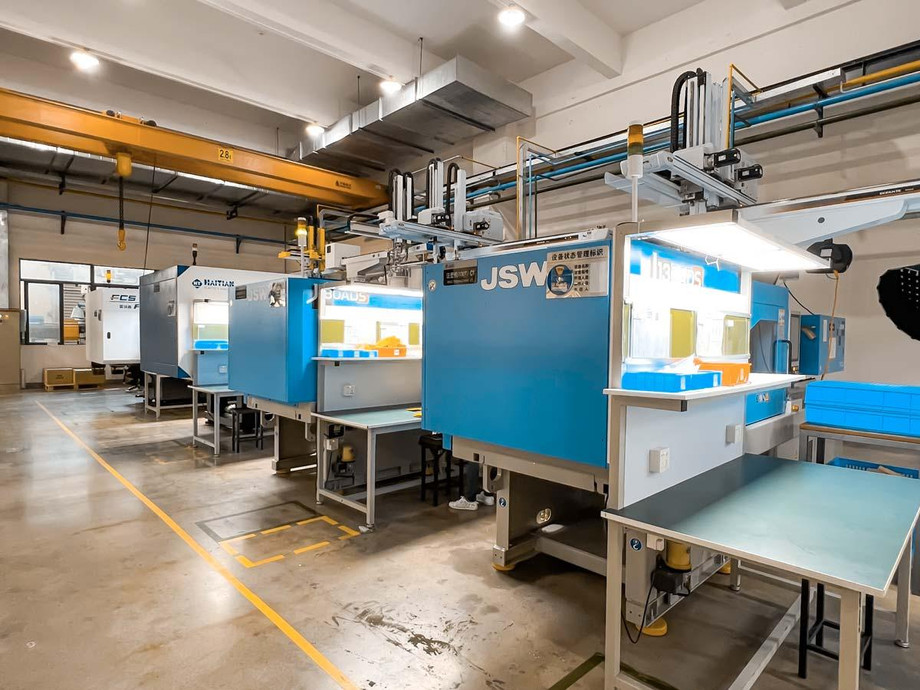Plastic moulding is a manufacturing process that involves melting plastic pellets and injecting them into a mould to produce a specific shape or design. This process is widely used in the production of a variety of products, ranging from toys and packaging to automotive parts and medical devices. In this article, we'll explore the advantages and disadvantages of plastic moulding.
Advantages of Plastic Moulding
Design Flexibility
Plastic moulding allows for a high degree of design flexibility, with the ability to produce parts with complex shapes and features. This is because the plastic can be moulded into almost any shape, making it a versatile manufacturing process.
High Efficiency
Plastic moulding is a highly efficient process that can produce large quantities of parts with excellent consistency and quality. This is because the process is automated, and once the mould is set up, the machine can produce parts rapidly and continuously.
Cost Effective
Plastic moulding can be cost-effective, particularly for large production runs, as the cost per part can be significantly reduced compared to other manufacturing processes. This is because the process is highly automated, which reduces labour costs, and the material costs are relatively low.
Reduced Waste
Plastic moulding produces minimal waste, as any excess plastic can be recycled and used in future production runs. This is an environmentally friendly process that minimizes the amount of waste generated during production.
Wide Range of Materials
Plastic moulding can be used with a wide range of materials, including thermoplastics, thermosetting plastics, and elastomers. This allows manufacturers to choose the best material for their product based on the required characteristics, such as stiffness, flexibility, heat resistance, and durability.
Disadvantages of Plastic Moulding
Initial Investment
Plastic moulding requires a significant initial investment in machinery and tooling, which can be expensive for small businesses or start-ups. This can be a barrier to entry for companies that do not have the resources to invest in the required equipment.
Lead Times
The lead times for plastic moulding can be longer than other manufacturing processes, particularly for the design and production of the mould. This can result in longer production times, which can be a disadvantage for businesses that require quick turnaround times.
Limited to Certain Shapes
Plastic moulding is limited to certain shapes and sizes, as the mould must be designed to accommodate the shape and size of the part. This can limit the design flexibility of the process, particularly for parts with complex shapes or features.
Quality Control
Quality control can be a challenge in plastic moulding, particularly for large production runs. The process can be susceptible to variations in temperature, pressure, and other factors, which can result in inconsistencies in the quality of the finished product.
Environmental Impact
Plastic moulding can have a negative environmental impact, particularly if the plastic is not recycled or disposed of properly. The production of plastic requires significant amounts of energy, and the disposal of plastic waste can contribute to environmental pollution.
For more Info:-





Comments